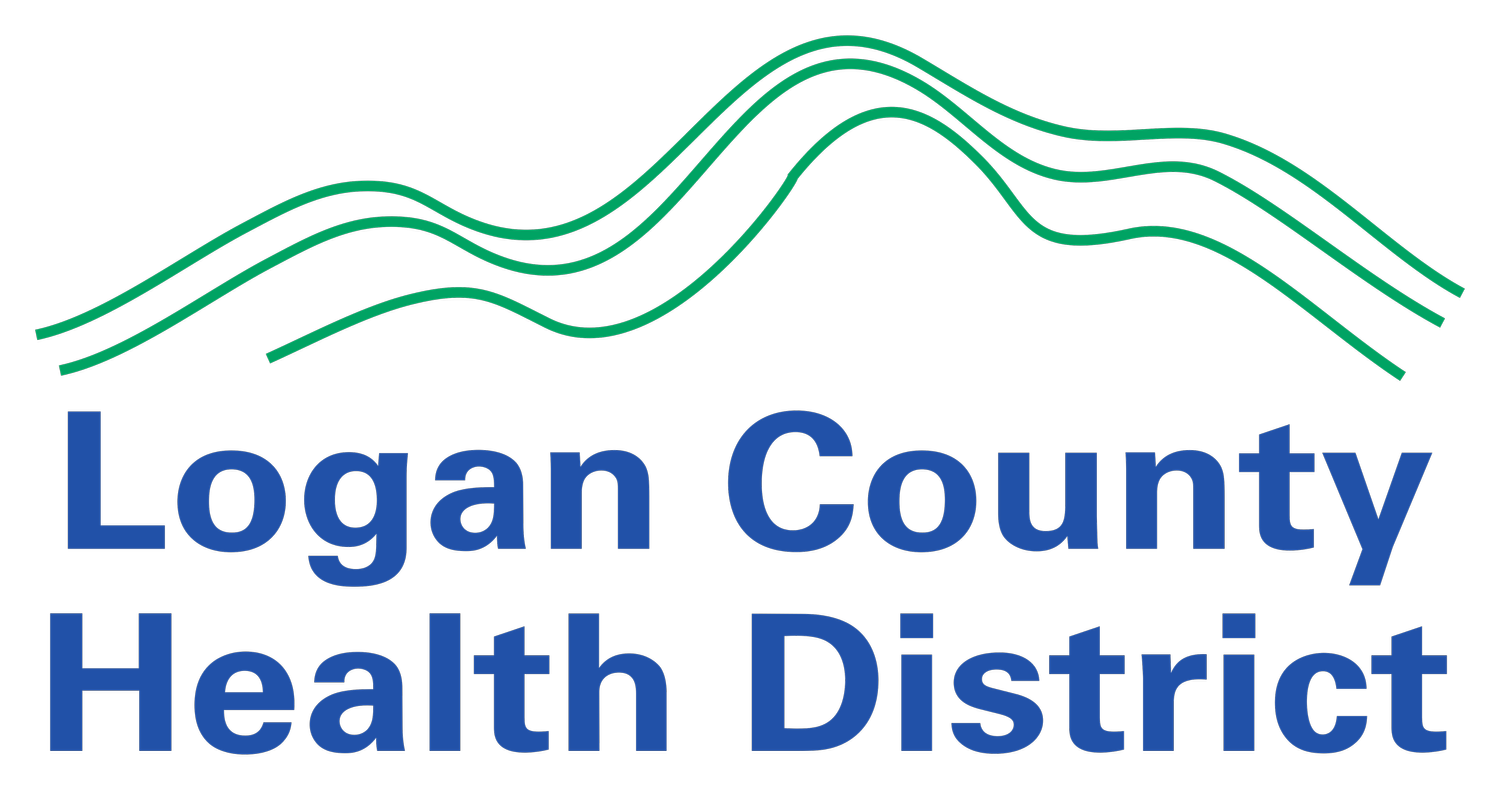February 5th is Disaster Day!
Feb. 5th is Disaster Day!
It’s an opportunity not only to raise community awareness about the types of natural and man-made disasters that may impact us, but also highlights the importance of disaster management and the training necessary to undertake that responsibility. First, let’s take a quick look at the 2 broad categories of disasters that a community might face.
A natural disaster is a natural process or occurrence that can result in death, injury, or other health consequences, as well as property destruction, loss of livelihoods and services, social and economic disruption, and environmental harm. These types of disasters include earthquakes, landslides, tsunamis, floods, wildfires, and pandemics. These occurrences kill and injure thousands of people every year and destroys millions of dollars’ worth of property and habitat as well.
Man-made disasters are disasters that occur as a result of human action or inaction & technical errors resulting in danger/risk, such as war, oil spills, explosions, and train derailments. Some might argue that in a time of such wealth and knowledge all disasters are man-made, as it is only as a result of mismanagement or resource inequity that suffering results. For example, a drought may cause localized famine, but we know there is enough food globally that no one has to stay hungry.
Each type of disaster carries it own unique risks, causes, and remedies, and Disaster Day shines a light on these disasters and encourages increased awareness and preparedness for the same.
Although disasters come in many forms and flavors, there are some practical tips that can prove helpful no matter the category you’re faced with, such as:
v Canned goods are a preparation staple due to their long shelf life. However, it’s still important to be mindful of expiration dates and the freshness of your stash. Use the Foodkeeper app to help maintain the freshness of your emergency food supply.
v Back up important files (medical & financial records, photos, important emails) on removable storage devices, such as USB drives or external hard drives
v Download, fill out, and print a Emergency Checklist, such as this one from Consumer Finance, so you can have all your personal and account info in one place in case of an emergency.
v Consider taking a free SKYWARN Storm Spotter class, where you can learn from volunteers the signs of an impending storm/ tornado/severe weather.
v Prep your pets. Never leave a pet chained outdoors should you evacuate, what’s good for you is also good for them. Plan to evacuate with them and prepare for such as event by ensuring they have portable carriers/crates for each pet with their name, your name, and contact info clearly labeled. Also include two weeks’ worth of pet food and water in your emergency kit, as well as any medications.
In addition to these tips, there is a wealth of emergency preparedness information videos from FEMA available @ Ready.gov. This info is curated for both children and adults, and even by specific disabilities and special circumstances, such as wheelchair users and the Deaf community.
